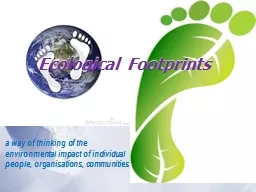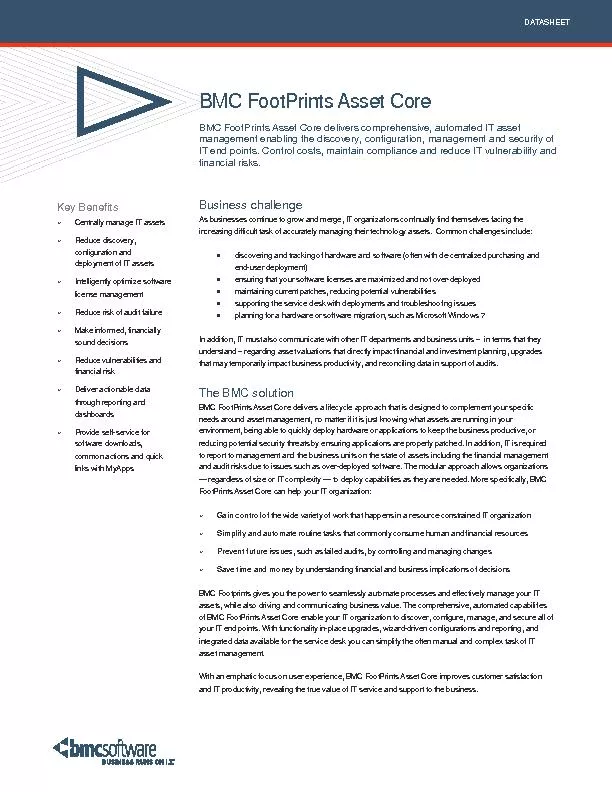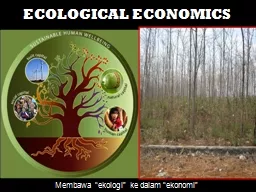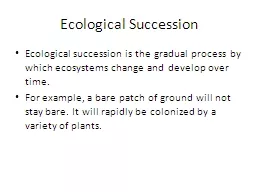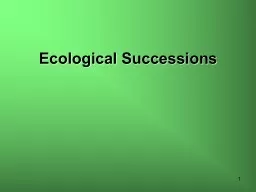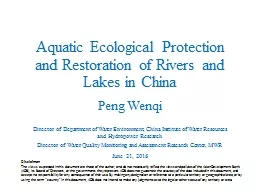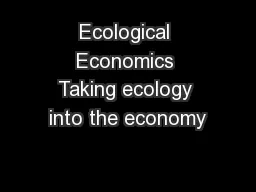PPT-Ecological Footprints a way of thinking of the
Author : Powerpixel | Published Date : 2022-08-02
environmental impact of individual people organisations communities Earth provides enough to satisfy every mans need but not to every mans greed Mahatma Ganndhi
Presentation Embed Code
Download Presentation
Download Presentation The PPT/PDF document "Ecological Footprints a way of thinking..." is the property of its rightful owner. Permission is granted to download and print the materials on this website for personal, non-commercial use only, and to display it on your personal computer provided you do not modify the materials and that you retain all copyright notices contained in the materials. By downloading content from our website, you accept the terms of this agreement.
Ecological Footprints a way of thinking of the: Transcript
Download Rules Of Document
"Ecological Footprints a way of thinking of the"The content belongs to its owner. You may download and print it for personal use, without modification, and keep all copyright notices. By downloading, you agree to these terms.
Related Documents

